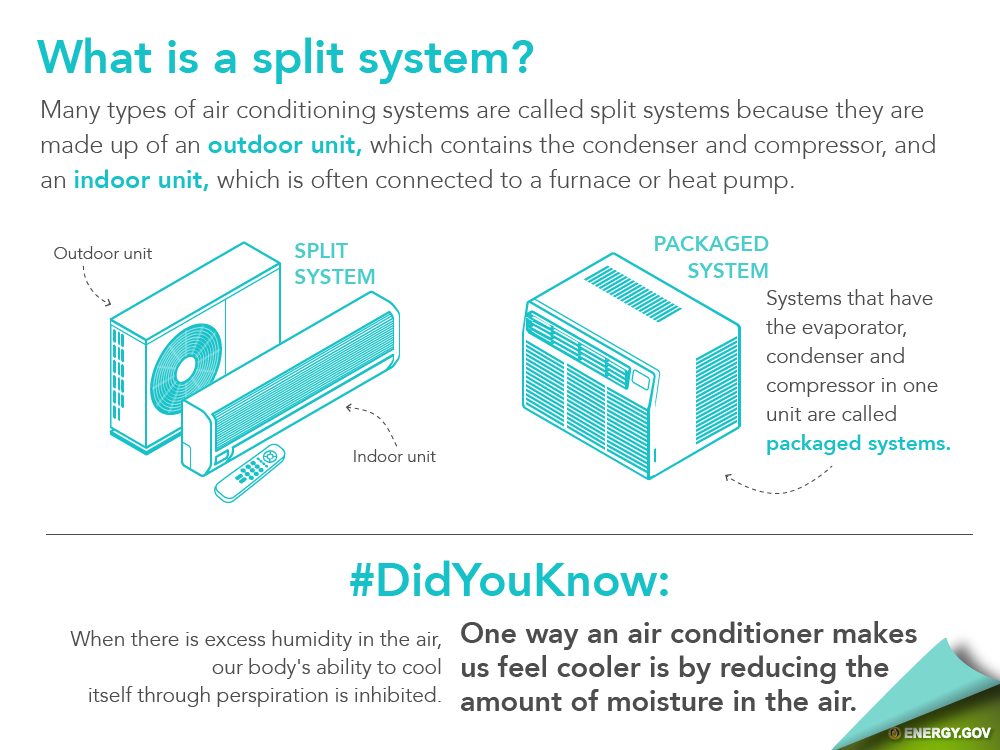The Ultimate Overview To Comprehending Heat Pumps - How Do They Work?
The Ultimate Overview To Comprehending Heat Pumps - How Do They Work?
Blog Article
Posted By-Blanton Montoya
The very best heat pumps can conserve you substantial quantities of cash on power costs. They can also help in reducing greenhouse gas discharges, particularly if you use power in place of nonrenewable fuel sources like lp and heating oil or electric-resistance furnaces.
Heatpump work significantly the like a/c unit do. This makes them a feasible option to conventional electrical home heating unit.
How They Work
Heatpump cool homes in the summer and, with a little aid from electricity or gas, they supply a few of your home's heating in the winter months. They're an excellent choice for people that intend to minimize their use fossil fuels yet aren't prepared to replace their existing furnace and air conditioning system.
They rely on the physical reality that even in air that seems also chilly, there's still energy present: cozy air is always moving, and it wishes to move into cooler, lower-pressure atmospheres like your home.
A lot of power celebrity accredited heat pumps run at near to their heating or cooling capability throughout a lot of the year, minimizing on/off cycling and saving energy. For the best efficiency, focus on systems with a high SEER and HSPF rating.
The Compressor
The heart of the heatpump is the compressor, which is additionally known as an air compressor. This mechanical streaming device uses possible energy from power development to boost the stress of a gas by reducing its quantity. It is different from a pump in that it just works on gases and can not collaborate with liquids, as pumps do.
heat pump sale nz gets in the compressor via an inlet shutoff. It travels around vane-mounted arms with self-adjusting length that divide the interior of the compressor, developing multiple cavities of differing size. The blades's spin pressures these cavities to move in and out of stage with each other, pressing the air.
The compressor reels in the low-temperature, high-pressure cooling agent vapor from the evaporator and presses it right into the hot, pressurized state of a gas. This procedure is repeated as needed to provide heating or air conditioning as required. https://www.achrnews.com/articles/144135-ten-tips-for-proper-bearing-maintenance contains a desuperheater coil that reuses the waste heat and includes superheat to the refrigerant, altering it from its liquid to vapor state.
The Evaporator
The evaporator in heatpump does the very same thing as it does in refrigerators and ac unit, changing liquid cooling agent into a gaseous vapor that gets rid of warmth from the area. Heat pump systems would not function without this crucial tool.
This part of the system is located inside your home or structure in an indoor air handler, which can be either a ducted or ductless unit. It has an evaporator coil and the compressor that presses the low-pressure vapor from the evaporator to high pressure gas.
see here now soak up ambient heat from the air, and after that make use of electrical power to move that warmth to a home or company in heating mode. That makes them a great deal a lot more energy effective than electrical heating systems or heating systems, and due to the fact that they're making use of clean electricity from the grid (and not shedding gas), they also generate much fewer exhausts. That's why heat pumps are such excellent environmental options. (And also a huge reason that they're coming to be so preferred.).
The Thermostat.
Heat pumps are fantastic options for homes in cold environments, and you can utilize them in mix with typical duct-based systems or perhaps go ductless. They're a great different to nonrenewable fuel source heater or conventional electric furnaces, and they're more sustainable than oil, gas or nuclear a/c devices.
Your thermostat is the most crucial part of your heatpump system, and it works really in a different way than a conventional thermostat. All mechanical thermostats (all non-electronic ones) work by using materials that alter size with raising temperature, like coiled bimetallic strips or the broadening wax in a car radiator shutoff.
These strips contain 2 various kinds of metal, and they're bolted together to create a bridge that completes an electric circuit linked to your heating and cooling system. As the strip obtains warmer, one side of the bridge expands faster than the other, which triggers it to bend and indicate that the heating system is required. When the heat pump is in home heating setting, the turning around valve reverses the circulation of cooling agent, to ensure that the outdoors coil currently functions as an evaporator and the indoor cyndrical tube comes to be a condenser.